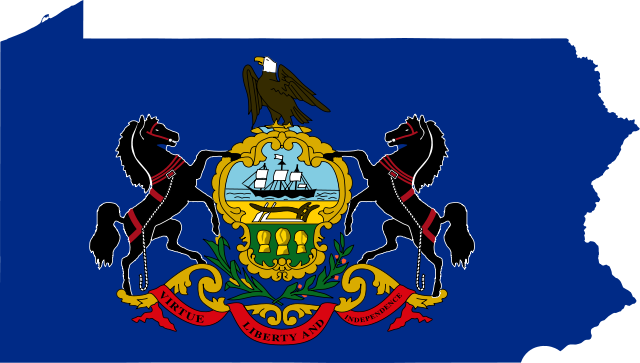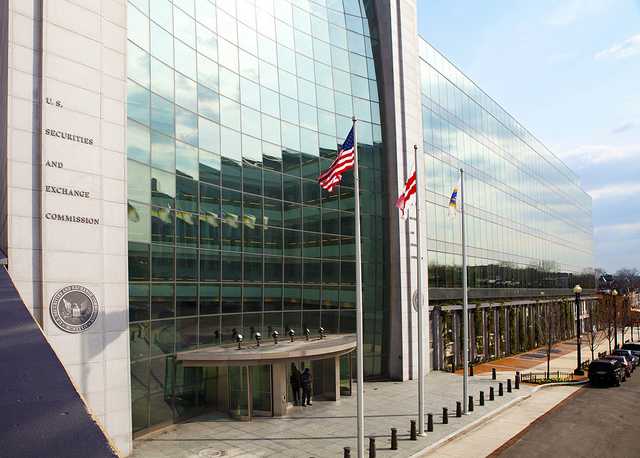
CalSTRS is looking to team up with other institutional investors to bid directly on private infrastructure, according to the Wall Street Journal.
The fund’s investment staff is meeting today [Feb. 6] to amend its investment policy to allow such ventures.
More from the Wall Street Journal:
The nation’s second-largest public pension fund, California State Teachers’ Retirement System, is in talks with other institutional investors about joining forces to get stronger collective rights in infrastructure deals, said people involved in the discussions.
Members of Calstrs’s investment committee will meet Feb. 6 to discuss including new language to its investment policy that states the pension fund may “invest alongside with other like-minded investors” through “consortium investment opportunities.” The approach would be similar in investing through alliances or joint ventures.
The roughly $188.8 billion Calstrs, which established its infrastructure portfolio in 2010, has invested in that sector primarily through funds, said a spokesman. It hasn’t bid on private infrastructure investments with a club of direct investors.
The pension fund, which had a roughly $800 million infrastructure portfolio as of Sept. 30, is planning to build out its private infrastructure footprint to roughly $3 billion in the long term, senior officials said.
CalSTRS manages approximately $189 billion in pension assets.
Photo by Stephen Curtin via Flickr CC License








